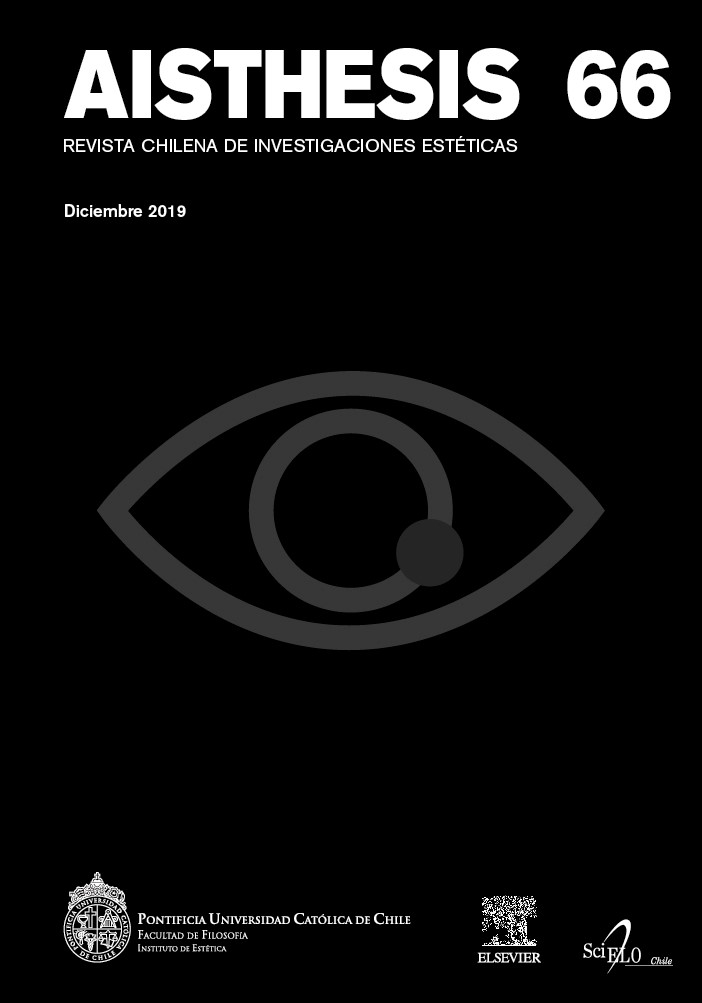The Two Spaces of Pornography or Susan Sontag’s Paradoxical Conservatism
Main Article Content
Abstract
Susan Sontag’s essay “The Pornographic Imagination” (1967) has been considered as one of the most relevant texts on pornography written in the 20th century. The essay has also been criticized for being excessively conservative and elitist. Here I propose that the conservative aspect of the theory of the pornographic imagination is implicitly based on the constitution of two spaces with well-defined limits, within which pornography is “produced”: the social space pertaining to high culture and the space of imagination. The argument’s focus on these specific spaces results in the radical transformation of what is understood by pornography: it is not the revealing of sexual explicitness, but a knowledge about death. Focusing the argument on these two spaces allows to consider Sontag’s conservatism from a paradoxical perspective, insofar as it does not refer to those objects traditionally understood as pornographic
Downloads
Article Details

This work is licensed under a Creative Commons Attribution-NonCommercial-ShareAlike 4.0 International License.
All contents of this electronic edition are distributed under the Creative Commons license of "Attribución-shareAlike 4.0 Internacional" (CC-BY-SA). Any total or partial reproduction of the material must mention its origin.
The rights of academic works published in this publication belong to their authors., who grant to AISTHESIS: Revista Chilena de Investigaciones Estéticas the license for its use. The management of the permits and the authorization of the publication of the images (or of any material) that contains copyright and its consequent rights of reproduction in this publication is the sole responsibility of the authors of the articles
